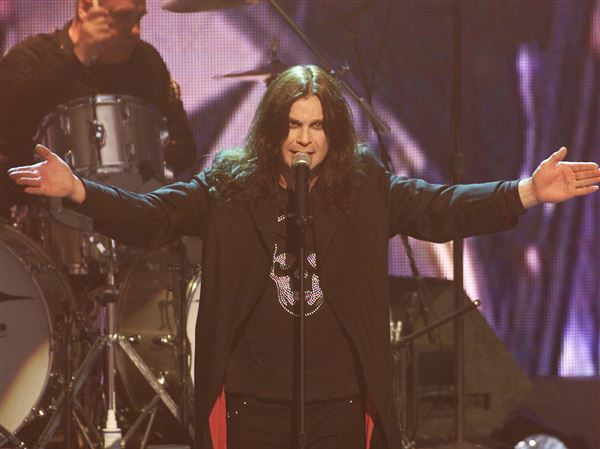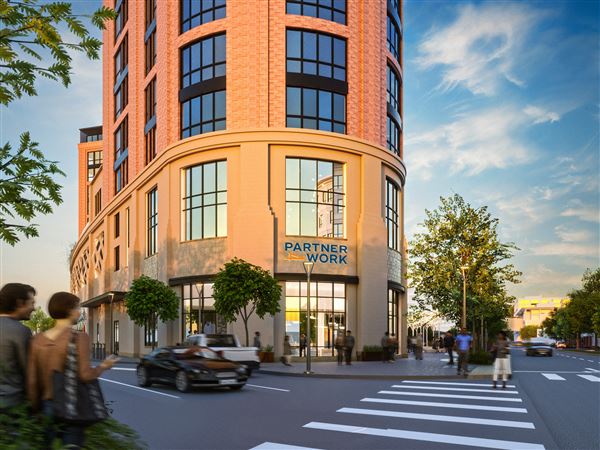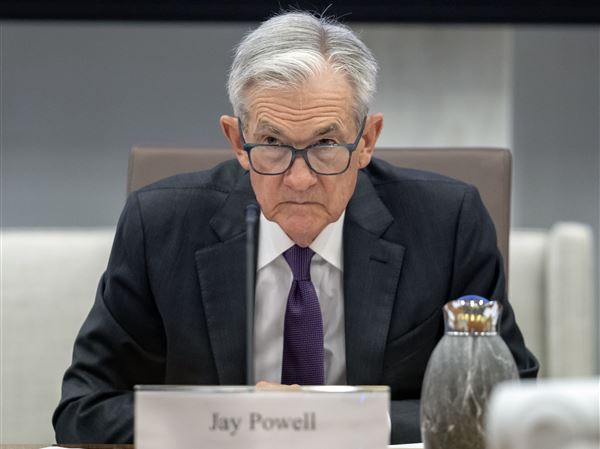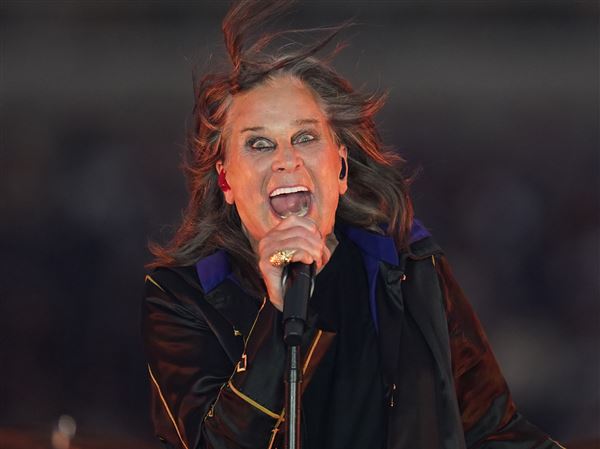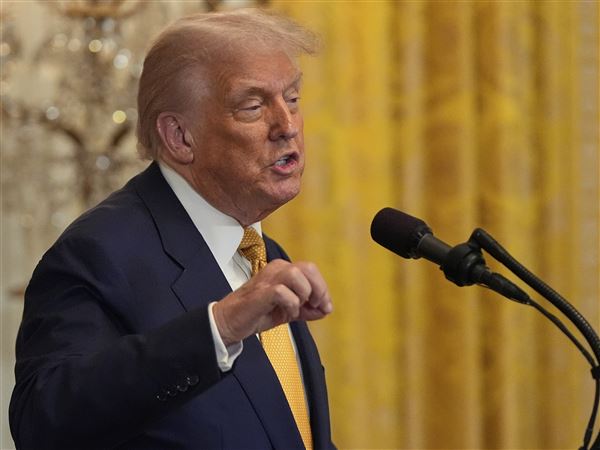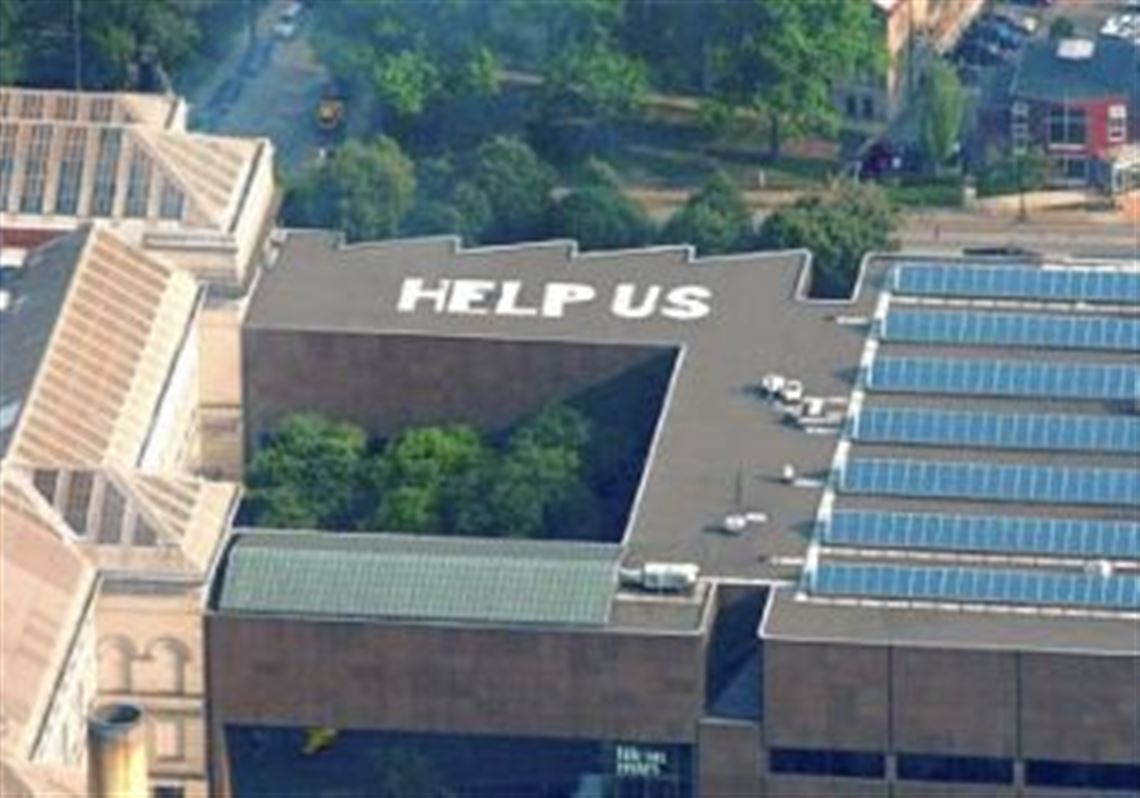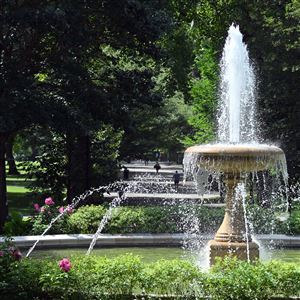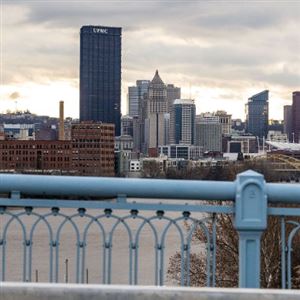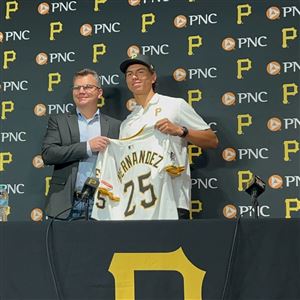"What were they thinking?"
If that thought has come to mind when looking at a piece of contemporary art, you're not alone.
For decades, rapidly shifting stylistic trends, a philosophical commitment by institutions to diversity in voice and expression, new technologies, the decentralization of global art centers, impoverished public school art curricula, and media favoring of spectacle over content are among the factors that have contributed to a disconnect people have toward the art of their time.
Which is a real loss, because the arts contribute immeasurably to the full experience of being human, from seducing a viewer into penetrating emotional immersion to providing a platform for meaningful engagement with others.
Art is generally considered to have been historically more accessible -- mainly realistic depictions of people, objects or places, the photographs of their era. But that proves less true if one considers that the glowing 19th-century landscapes of the Hudson River School painters spoke to transcendence and the depreciation of nature under the advance of settlers. Or that, for example, American William Sidney Mount's 1836 genre painting "Farmers Nooning," showing farmhands taking a break in the fields, purportedly reflects abolitionist sympathies through the pattern of a tam one of the workers wears.
People once shared a cultural repository that enabled them to read the messages in artworks that has been diluted in current decades.
But there are plentiful ways to enter the conversation.
A blogger on the 2008 Carnegie International Web site writes, about exhibiting artist Thomas Hirschhorn's "Cavemanman," "I would like to have a cup of coffee with this artist and pick his mind."
That opportunity, in slightly different format, actually exists. Hirschhorn spoke at the Carnegie last month, and perhaps the blogger attended.
Museums, galleries and universities regularly organize lectures, gallery walks, curatorial talks and other programming that allows visitors direct access to the people who create or select today's art.
Exhibition and artist receptions are another opportunity to talk directly to artists, curators and gallery owners.
A majority of these are free, or free with museum admission.
Frequently people tell me that they hesitate to go to -- or, more often, ask questions at -- such events because they do feel uninformed, and don't want to appear so.
But remember, you're probably asking a question that several people in attendance are also wondering about.
More pointedly, a prominent component of contemporary art is conversation -- "dialogue" in artspeak -- and bringing up a new consideration or observation is an appreciated contribution.
Consider as example Mark Bradford, a 47-year-old Los Angeles-based African-American artist exhibiting in "Life on Mars," the 2008 Carnegie International, who will give an artist's lecture at 4 p.m. Oct. 11 (free and public, in the Carnegie Lecture Hall).
In a May review I mused about his use of a particular product ad in one of his paintings, and this would be the perfect opportunity to ask for clarification from the artist himself.
More profound would be questions about the motivations, personal and cultural, that inspired his spectacular, large scale, inventive, tactile and just plain gorgeous works.
That inspired the poetic title "A Truly Rich Man Is One Whose Children Run Into His Arms When His Hands Are Empty."
That inspired "A Thousand Daddies," with words like "custody, divorce" and "visitation" veiled within its multiple panels.
That inspired his museum rooftop installation "Help Us," perhaps expounding upon his cited Hurricane Katrina.
Today's artwork is a product of and about our world in our particular time, and it reflects, in ways, all of us. It's a bountiful table at which all are welcome.
For those wanting to jump in sooner than Oct. 11, this weekend offers plenty of opportunities to get involved:
• A father-son exhibition of Robert Bowden's watercolors and Paul Bowden's sculpture opens from 5 to 8 p.m. Friday at Mendelson Gallery, 5873 Ellsworth Avenue, Shadyside (free, 412-361-8664).
• From 6 to 7 p.m. Friday a free curators' talk introduces "Worlds Away: New Suburban Landscapes" in the Carnegie Museum of Art Theater. Speakers are Tracy Myers (Carnegie) and Andrew Blauvelt (Walker Art Center, Minneapolis). The exhibition will be open until 8:30 p.m. (412-622-3131).
• Exhibitions inspired by the year "1958" and of the photographs of noted collaborative artists McDermott and McGough open from 7 to 9 p.m. Friday at The Andy Warhol Museum ($15, 412-237-8300.)
• The Society for Contemporary Craft, 2100 Smallman St., Strip District, opens two contemporary exhibitions inspired by the legacy of badges -- "The Enamel Experience" and "TAG" -- from 5:30 to 8 p.m. Friday. At 6:30 p.m. tomorrow, an exhibiting artist in and the curator of the former will give a slide-illustrated lecture, and from 1 to 4 p.m. Saturday artists from the latter will discuss works (free, RSVP to 412-261-7003, ext. 12).
First Published: October 1, 2008, 8:00 a.m.
